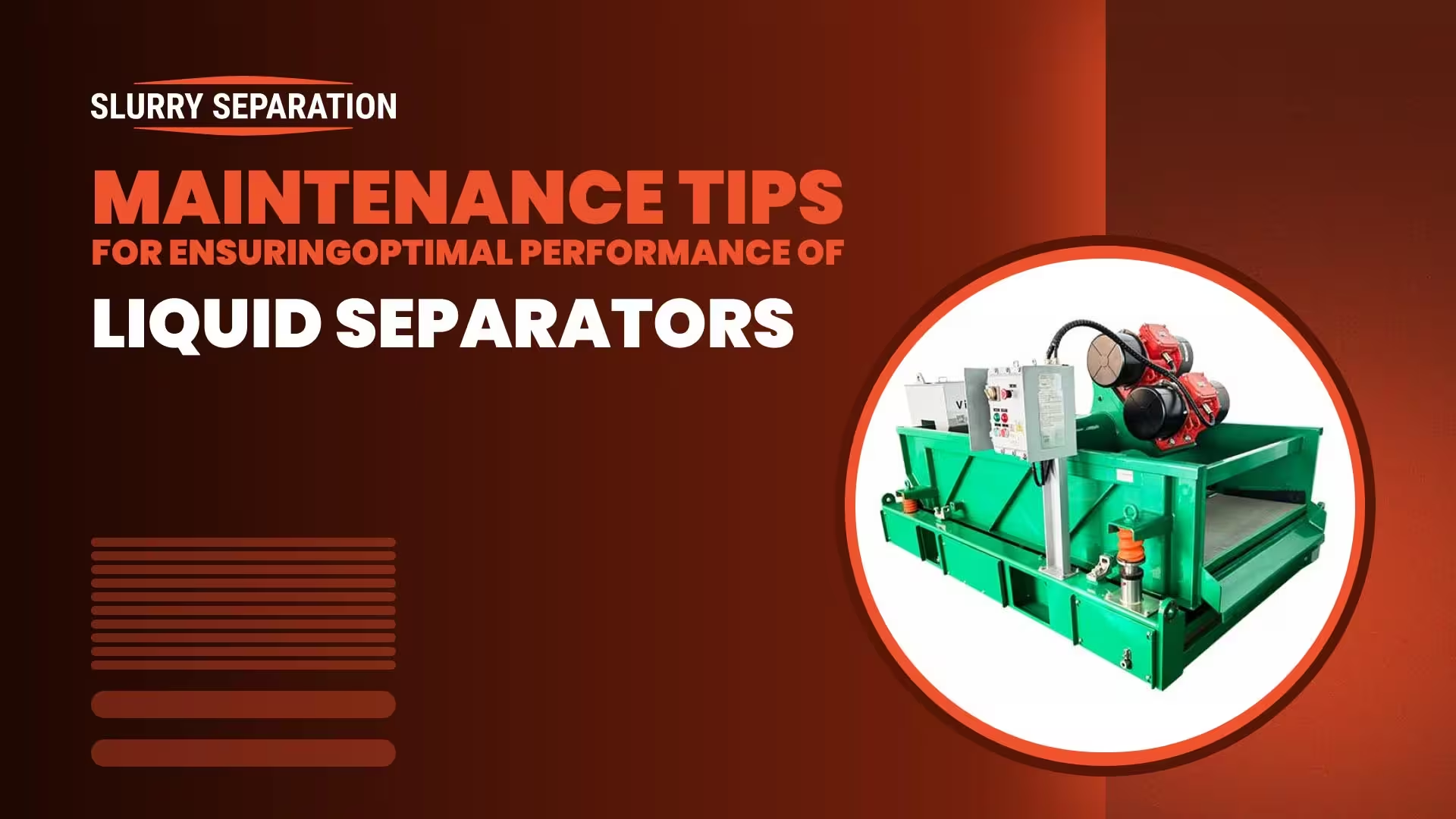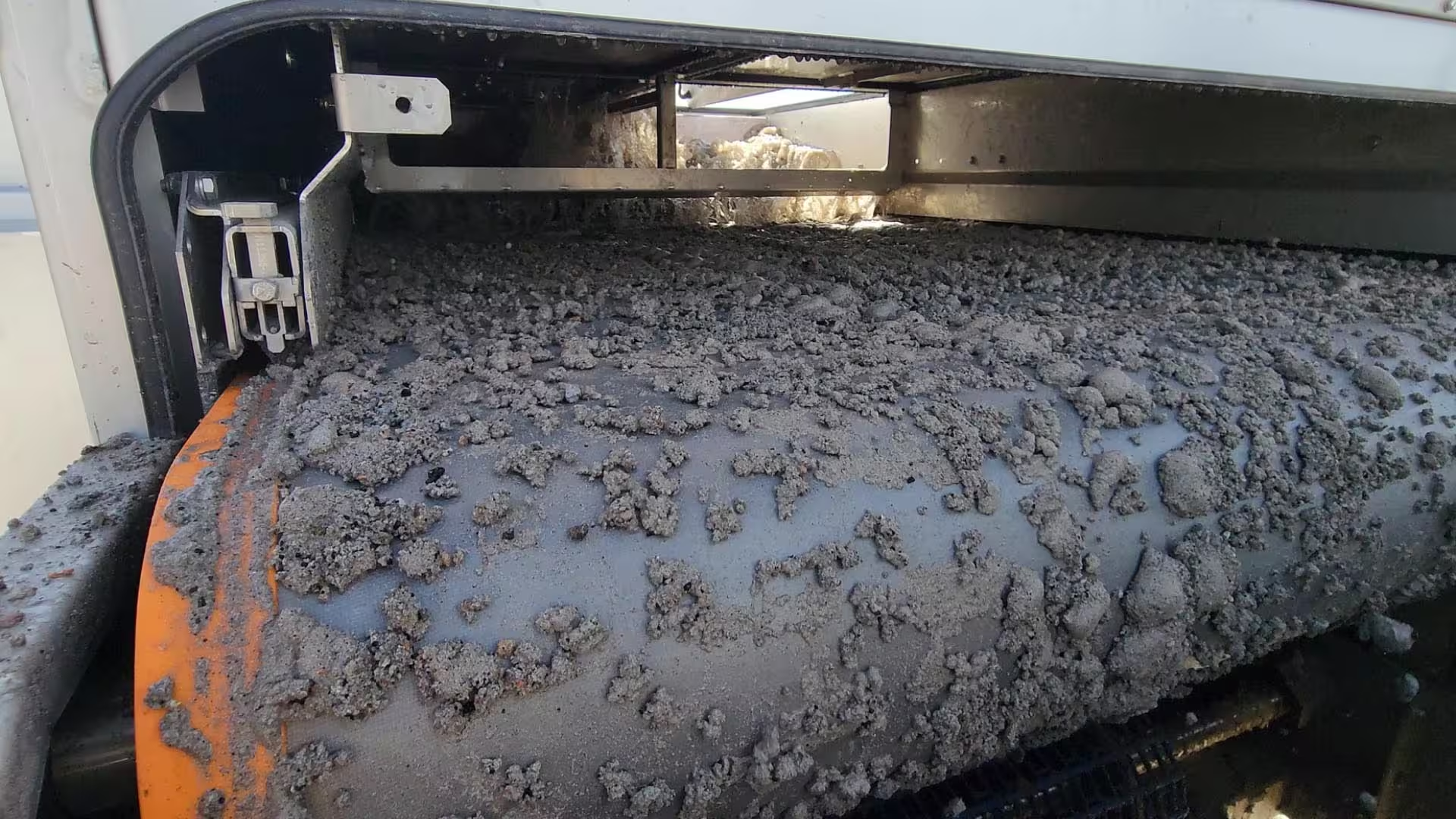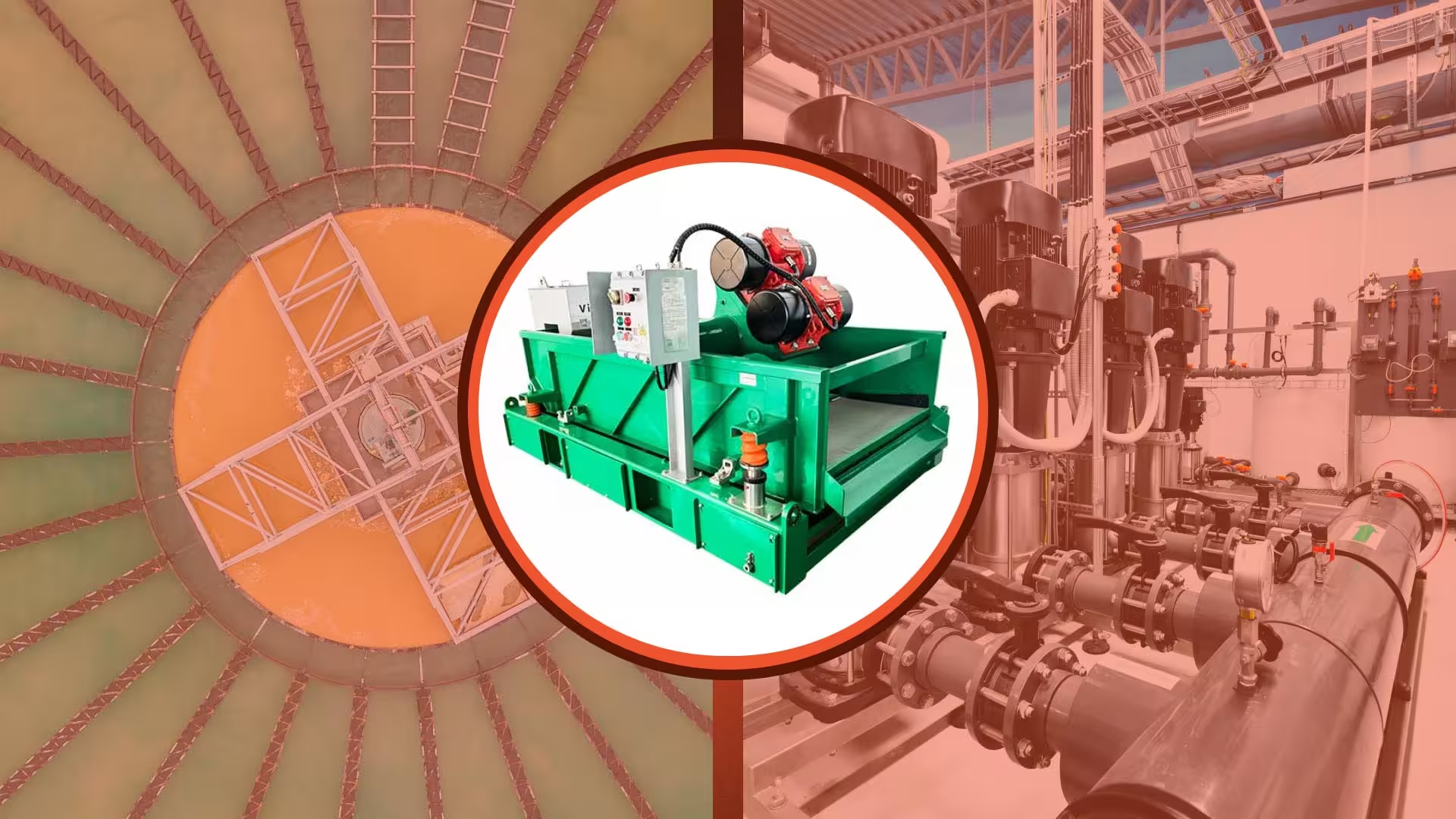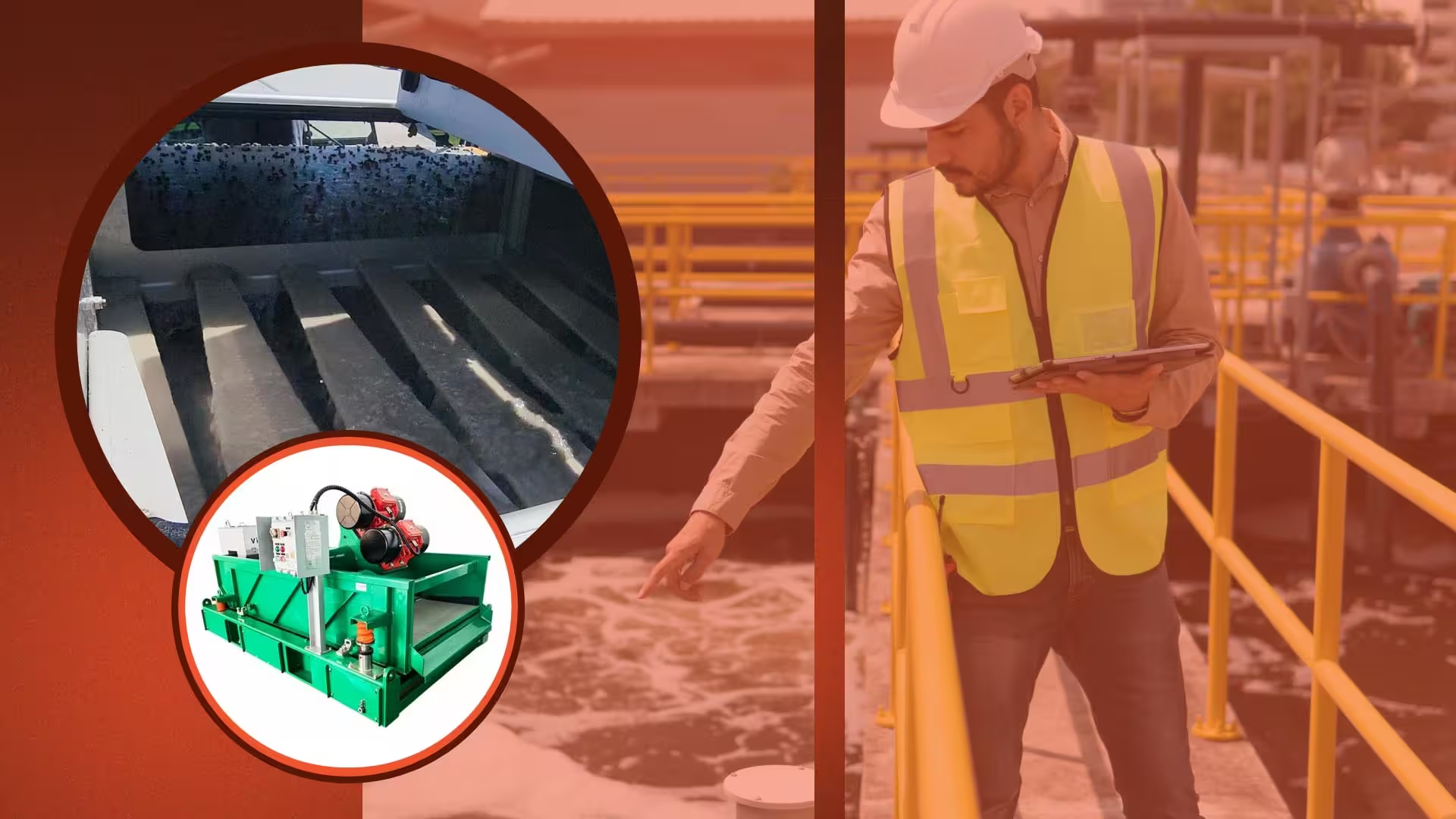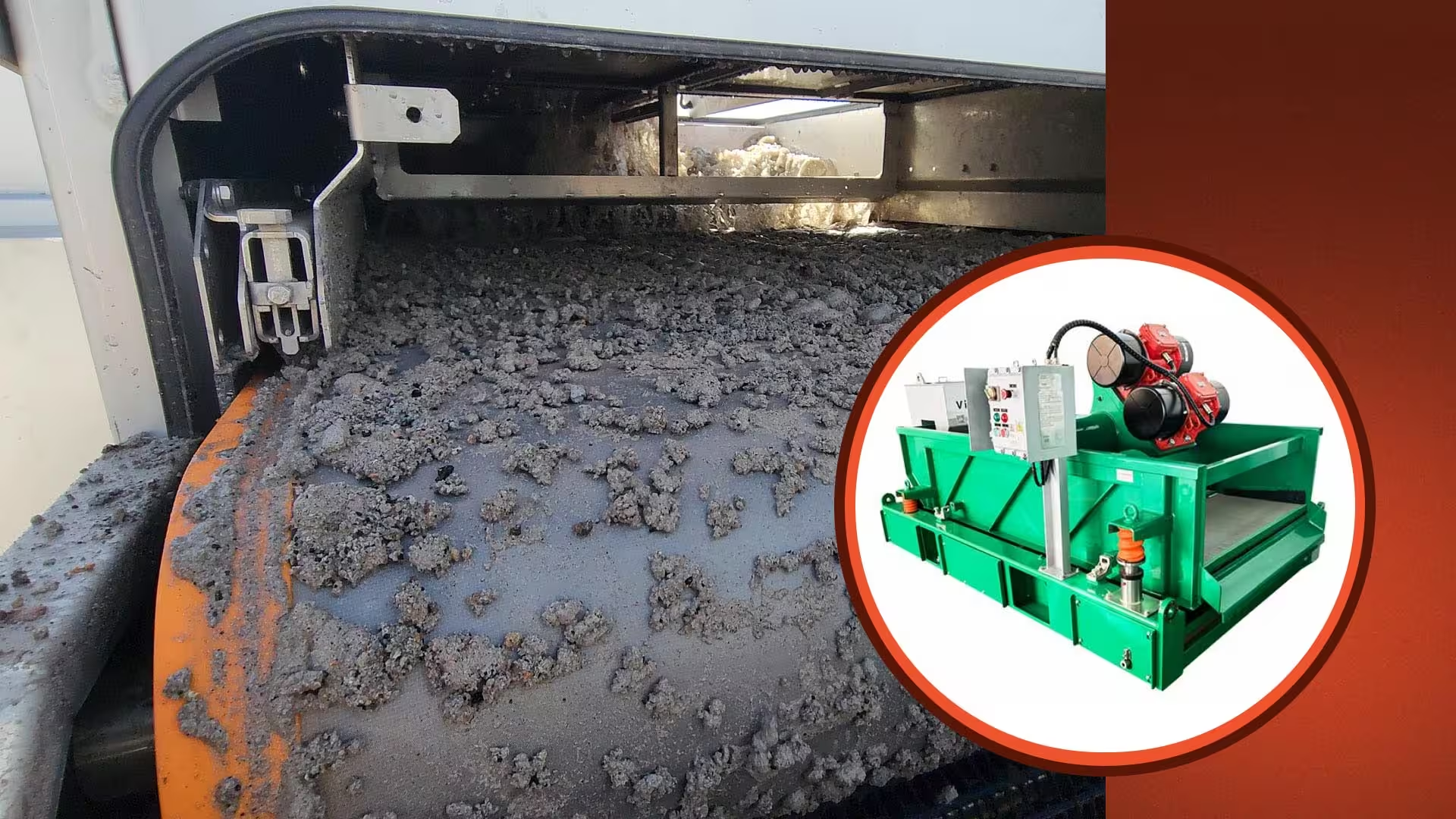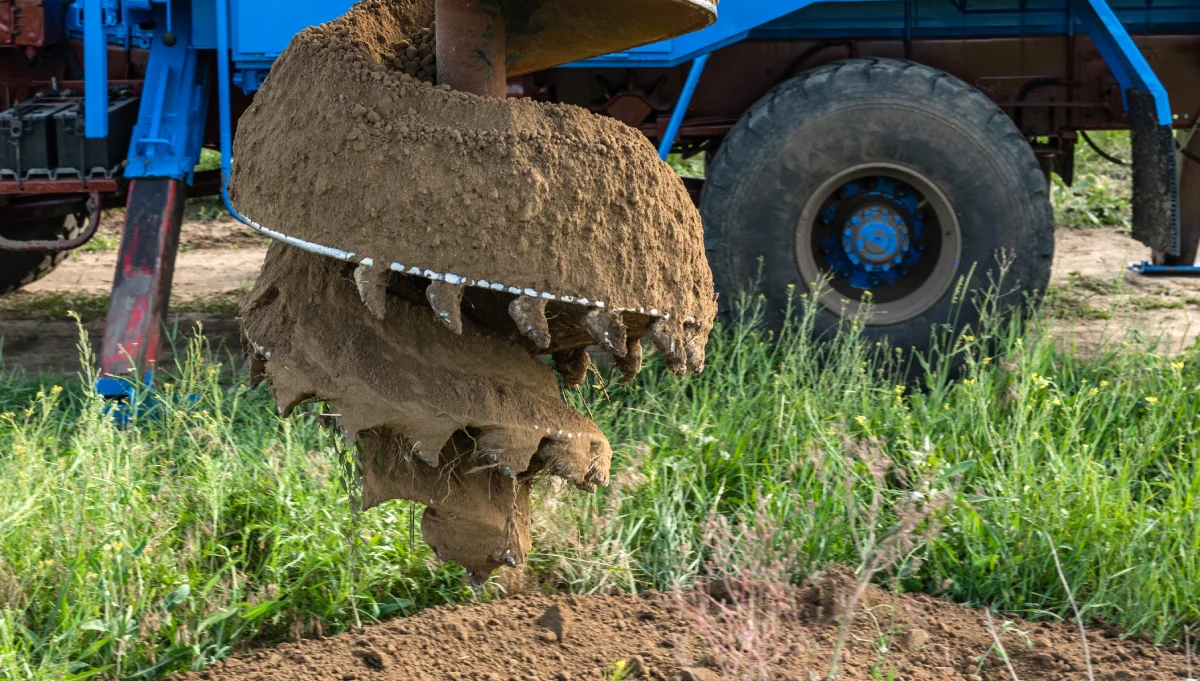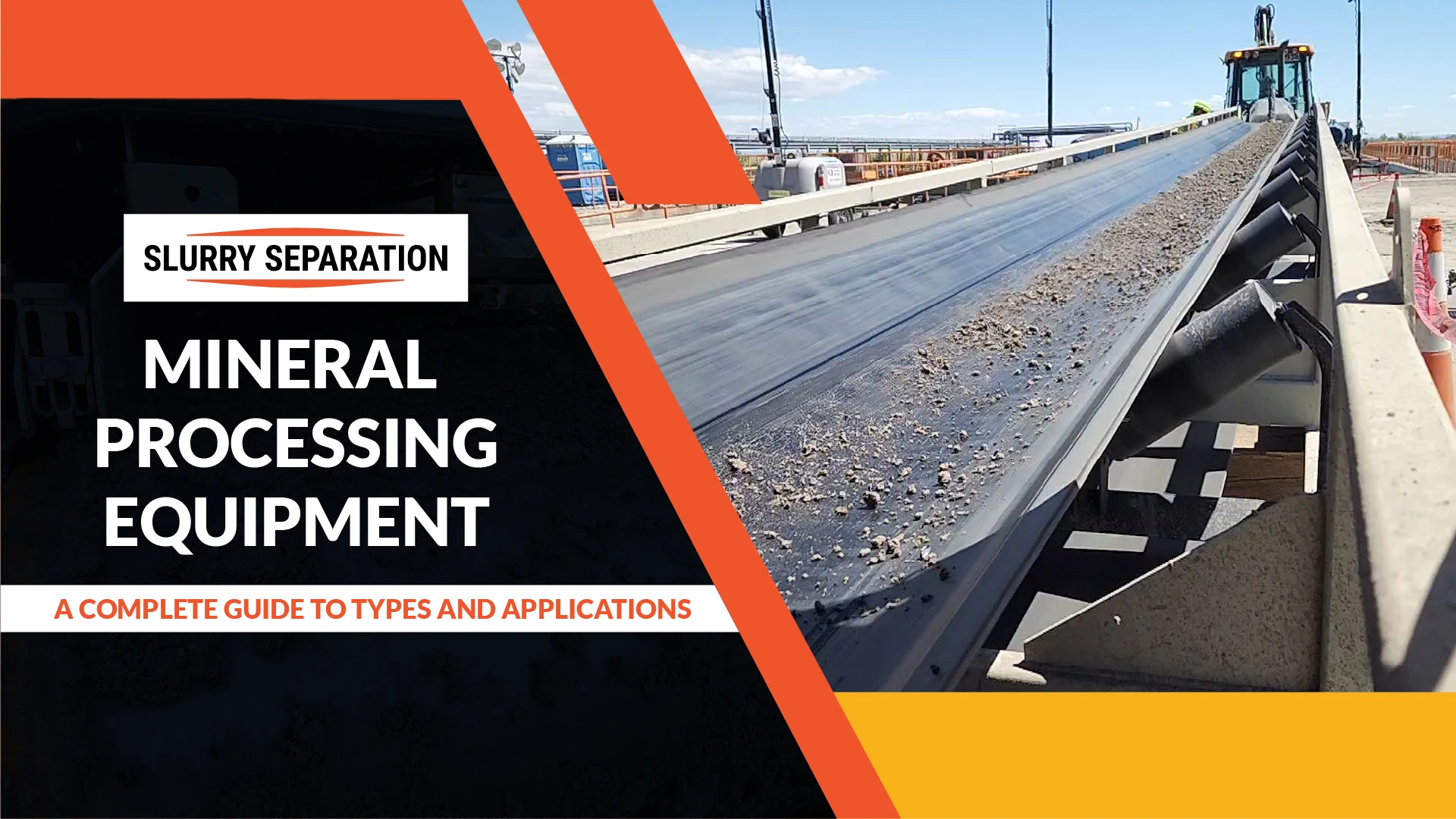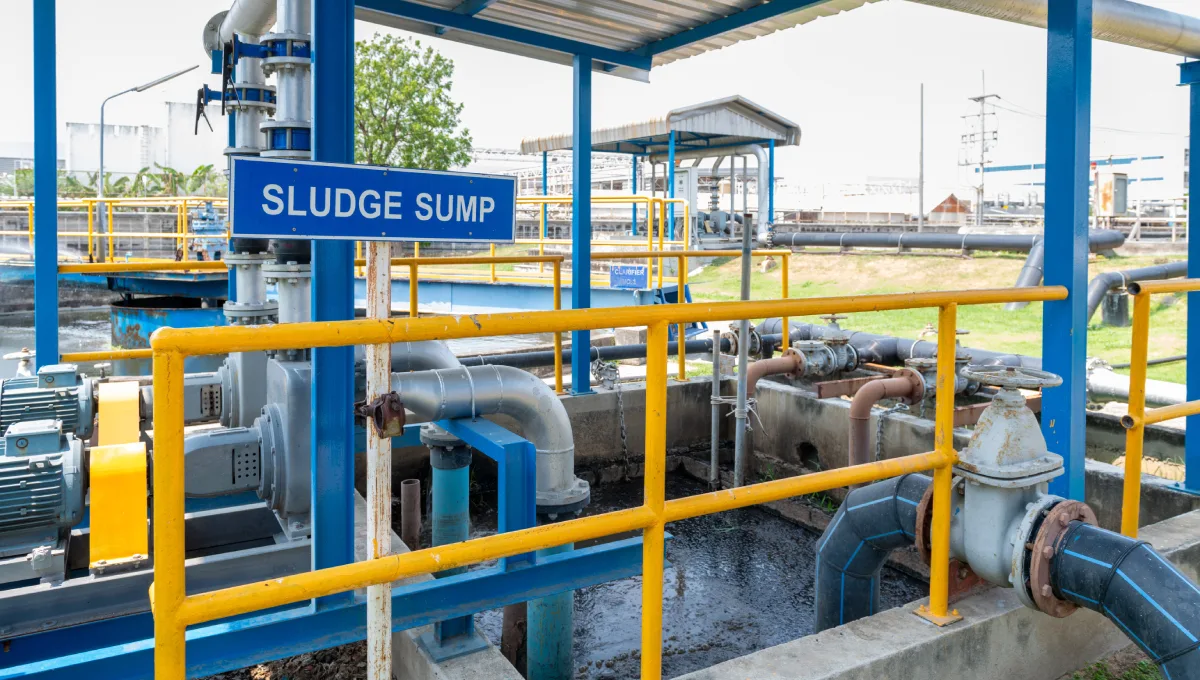Liquid separators play a crucial role in various industrial processes, ensuring that unwanted components are effectively separated from desired liquids. These advanced liquid separators are essential in industries like oil & gas, chemical processing, and wastewater treatment, where the purity and quality of liquids are critical. Regular maintenance of liquid separators, including gas-liquid separators and vapor-liquid separators, is not just a recommended practice; it is necessary to ensure optimal performance, extend the equipment’s lifespan, and avoid costly downtime. This article will explore key maintenance tips to keep your liquid separators functioning at their best.
Understanding the Role of Liquid Separators
Liquid separators are devices designed to remove particulates, immiscible liquids, or dissolved substances from a liquid stream. They are used in various industrial settings to enhance product purity, protect downstream equipment, and comply with environmental regulations. The type of liquid separator used often depends on the specific application, with common types including centrifugal separators, membrane separators, and gravity-based separators.
- Centrifugal Separators: These devices use centrifugal force to separate liquids from solids or other liquids with different densities.
- Membrane Separators: These are used for filtering or separating liquids based on the size of particles, often at a molecular level.
- Gravity-Based Separators: These rely on gravity to separate components with different densities, such as oil from water.
Each type of separator has its specific applications. For instance, centrifugal separators are commonly used in the oil & gas industry to separate oil from water, while membrane separators are prevalent in water treatment plants for removing dissolved solids. Advanced liquid separators, such as gas-liquid separators and vapor-liquid separators, offer enhanced capabilities for handling complex separation processes.
The Importance of Regular Maintenance
Maintenance is key to the efficient and reliable operation of liquid separators. Regular maintenance not only ensures that the separator operates at peak efficiency but also helps prevent unexpected breakdowns that can lead to costly repairs and downtime.
Neglecting maintenance can lead to several issues:
- Reduced Separation Efficiency: Over time, wear and tear on components can lead to decreased efficiency, resulting in lower-quality output.
- Increased Operational Costs: Inefficient separators require more energy and resources to achieve the same level of separation, increasing operational costs.
- Shortened Equipment Lifespan: Without proper maintenance, separators are more likely to fail prematurely, necessitating costly replacements.
By regularly maintaining your liquid separators, including gas-liquid separators and vapor-liquid separators, you can extend their operational lifespan, reduce downtime, and ensure that they continue to perform effectively.
Daily Inspection and Monitoring
Daily inspections are essential for maintaining liquid separators. They help identify potential issues before they become significant problems, allowing for timely interventions that can prevent costly repairs or downtime.
During daily inspections, operators should check:
- Pressure Levels: Ensure that the pressure levels are within the optimal range for your specific separator type.
- Flow Rates: Monitor flow rates to detect any blockages or restrictions that could impact performance.
- Temperature: Ensure that the separator is operating within the recommended temperature range to avoid damage to components.
Logging these data points daily allows for trend analysis, helping operators detect early signs of wear or potential failures. Consistent monitoring is critical for maintaining the efficiency of liquid separators and identifying issues that require attention.
Cleaning and Debris Removal
Regular cleaning is vital to the performance and longevity of liquid separators. Over time, debris, sludge, and other contaminants can accumulate within the separator, leading to blockages and reduced efficiency.
The frequency of cleaning depends on the type of separator and the nature of the liquid being processed. For instance:
- Centrifugal Separators: These typically require periodic cleaning to remove sludge buildup.
- Membrane Separators: Depending on the concentration of particulates in the feed liquid, these may need more frequent cleaning.
When cleaning liquid separators, especially advanced liquid separators like gas-liquid separators, it is important to use appropriate cleaning agents and techniques that match the separator’s material. Avoid harsh chemicals that could damage components, and ensure that all debris is thoroughly removed to maintain optimal performance.
Component Wear and Tear
Liquid separators consist of various components, some of which are prone to wear and tear due to constant use. Key elements that require regular inspection include membranes, filters, gaskets, and seals.
- Membranes and Filters: These are critical for separation and should be inspected for signs of clogging or damage. Replace them as necessary to maintain separation efficiency.
- Gaskets and Seals: Inspect these components regularly for leaks or wear. Worn gaskets or seals can lead to leaks, reducing the separator’s efficiency and potentially causing environmental hazards.
Sourcing high-quality replacement parts is crucial to maintaining the longevity and performance of your liquid separators. To avoid compatibility issues, always use parts that meet or exceed the manufacturer’s specifications.
Calibration and Adjustment
Regular calibration of liquid separators is necessary to maintain accuracy and efficiency. Over time, sensors, valves, and other adjustable components can drift from their optimal settings, leading to suboptimal performance.
Calibration involves:
- Checking and Adjusting Sensors: Ensure that pressure, flow, and temperature sensors are accurately calibrated to maintain optimal separation conditions.
- Aligning Mechanical Parts: Proper alignment of mechanical components is crucial to prevent inefficiencies and wear. Check and adjust the alignment regularly as needed.
Calibration should be part of your regular maintenance schedule to ensure that the separator, whether a gas-liquid separator or a vapor-liquid separator, continues to operate within its designed parameters.
Lubrication and Mechanical Maintenance
Proper lubrication is essential for the smooth operation of the mechanical components in liquid separators. Regularly lubricating moving parts reduces friction, prevents wear, and minimizes the risk of mechanical failures.
When selecting lubricants:
- Choose the Right Lubricant: Ensure that the lubricant is suitable for the specific components and operating conditions of the separator.
- Follow Manufacturer Guidelines: Always adhere to the manufacturer’s recommendations for lubrication frequency and quantity.
A consistent lubrication schedule helps prevent mechanical breakdowns and extends the lifespan of advanced liquid separators.
Handling Common Operational Issues
Even with regular maintenance, operational issues can still arise. Common problems include foaming, emulsification, and pressure drops.
- Foaming and Emulsification: These issues can reduce separation efficiency and are often caused by improper chemical dosing or temperature control. Adjusting these parameters can help mitigate the problem.
- Pressure Drops: Sudden pressure drops may indicate blockages or leaks in the system. Identifying and addressing the cause quickly can prevent further damage.
In cases where in-house maintenance is insufficient, it may be necessary to seek professional assistance. Knowing when to call in experts can save time and prevent more severe issues with your liquid separators.
Maintenance Scheduling and Record-Keeping
Creating a detailed maintenance schedule tailored to your liquid separators is essential for consistent performance. The schedule should include daily, weekly, and monthly tasks, as well as less frequent inspections and part replacements.
Maintaining detailed records of all maintenance activities helps track the separator’s performance over time. These records can also be used to predict future maintenance needs and prevent unexpected breakdowns.
Training and Safety Considerations
Proper training for maintenance personnel is critical to ensure that maintenance tasks are performed safely and effectively. All personnel should be familiar with the equipment, its operation, and the specific maintenance procedures required.
Safety protocols should always be followed during maintenance to prevent accidents. Regular safety drills and updates on new procedures are important to maintain a safe working environment.
Conclusion
Maintaining liquid separators, including advanced liquid separators like gas-liquid separators and vapor-liquid separators, is essential for ensuring their optimal performance and longevity. By following the tips outlined in this article, you can keep your liquid separators operating efficiently, reduce operational costs, and extend the lifespan of your equipment. A proactive maintenance strategy is key to avoiding downtime and ensuring that your liquid separators continue to meet the demands of your industrial processes.

